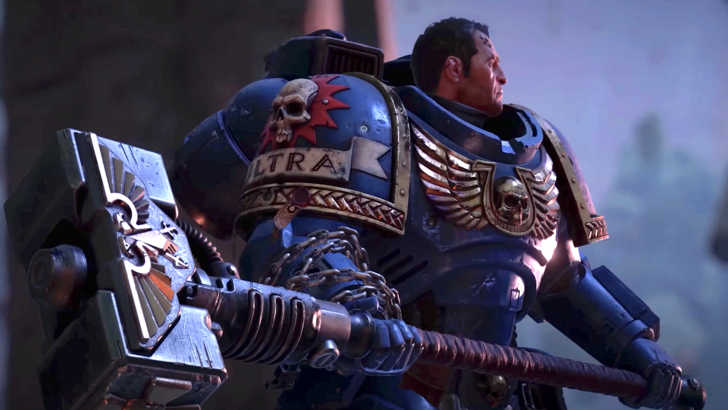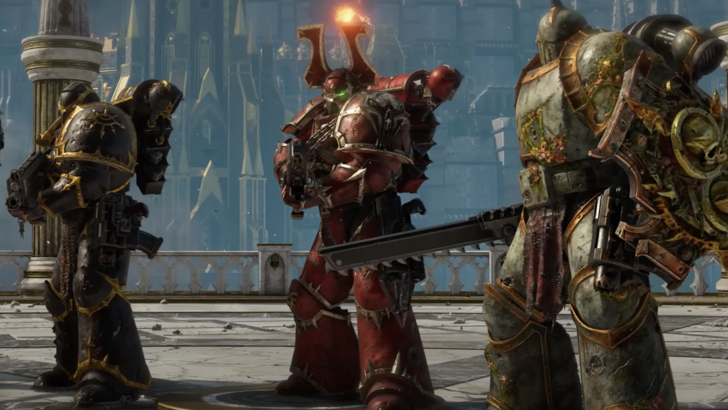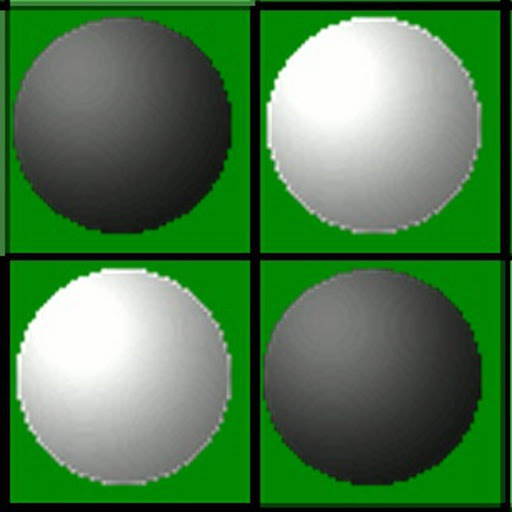Warhammer 40,000: Space Marine 2 Hotfix 4.1 Addresses Player Concerns After Patch 4.0 Backlash
Following significant player backlash over last week's Patch 4.0, Saber Interactive is releasing hotfix 4.1 on October 24th. This update directly addresses the controversial nerfs introduced in Patch 4.0.

The developers acknowledged the negative reception, stating they've been closely monitoring player feedback. In response, the "most pressing" balance changes from Patch 4.0 will be reverted. Game director Dmitriy Grigorenko confirmed this course correction, citing the community's concerns as the driving force behind the hotfix. Furthermore, the announcement included plans for public test servers, anticipated for early 2025, to better incorporate player feedback in future updates.

The original intent behind Patch 4.0 was to increase the game's difficulty, primarily by adjusting enemy spawns, rather than boosting enemy health. However, this approach inadvertently impacted easier difficulty levels, leading to widespread dissatisfaction.
Hotfix 4.1's Key Changes:
-
Enemy Spawn Rates: Reverted to pre-Patch 4.0 levels for Minimal, Average, and Substantial difficulties. Significantly reduced on Ruthless difficulty.
-
Player Armor: Increased by 10% on Ruthless difficulty.
-
Bot Damage: Buffed to deal 30% more damage to bosses.
-
Bolt Weapon Buff: A comprehensive buff to the entire Bolt weapon family, addressing their perceived underperformance across all difficulty levels. Specific increases are detailed below:
- Auto Bolt Rifle: +20% damage
- Bolt Rifle: +10% damage
- Heavy Bolt Rifle: +15% damage
- Stalker Bolt Rifle: +10% damage
- Marksman Bolt Carbine: +10% damage
- Instigator Bolt Carbine: +10% damage
- Bolt Sniper Rifle: +12.5% damage
- Bolt Carbine: +15% damage
- Occulus Bolt Carbine: +15% damage
- Heavy Bolter: +5% damage (x2)

Grigorenko emphasized that Saber Interactive will continue monitoring player feedback after the deployment of Patch 4.1 to ensure the Lethal difficulty remains appropriately challenging and rewarding. The introduction of public test servers in 2025 signals a commitment to a more collaborative development process.




 LATEST ARTICLES
LATEST ARTICLES 












